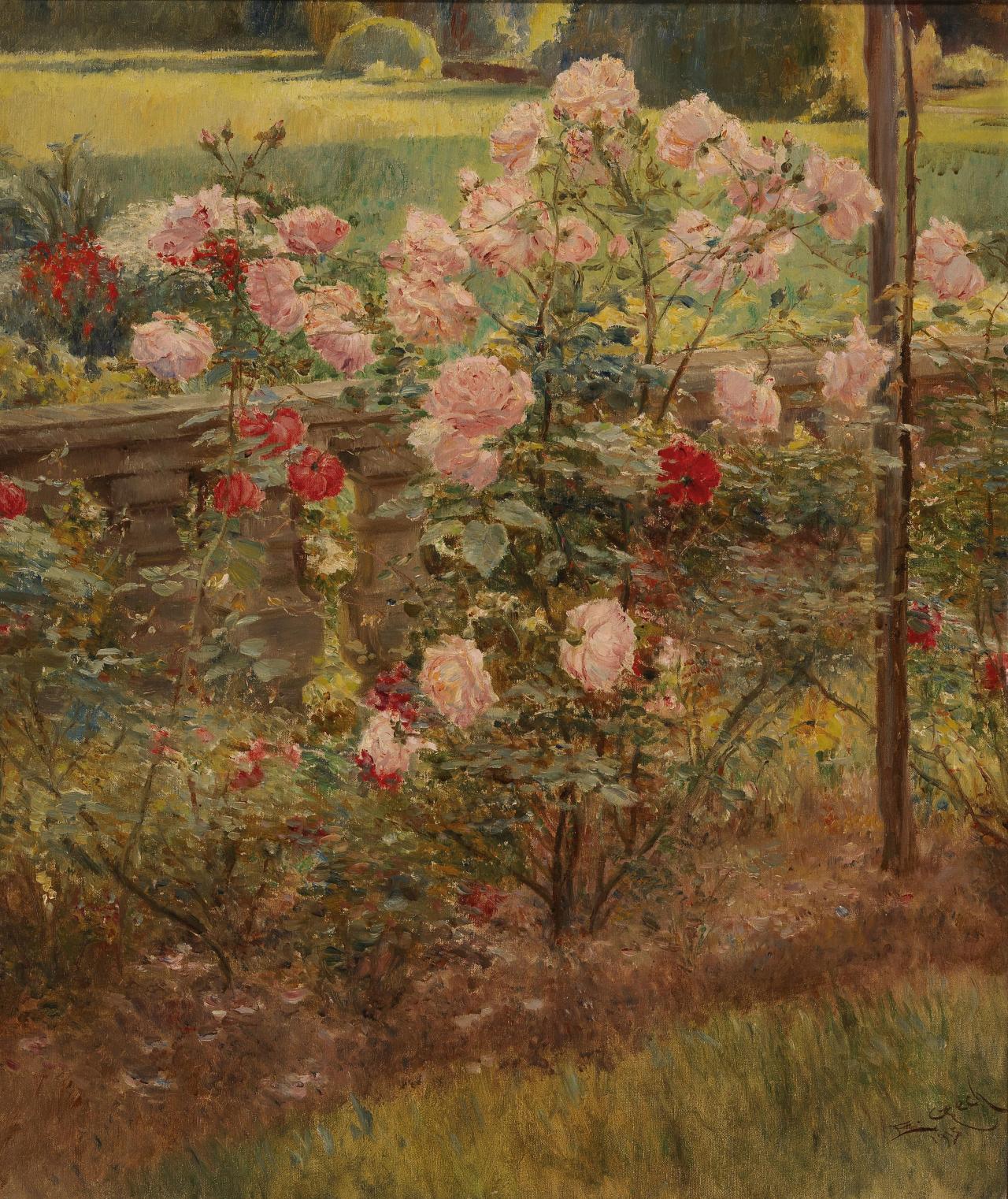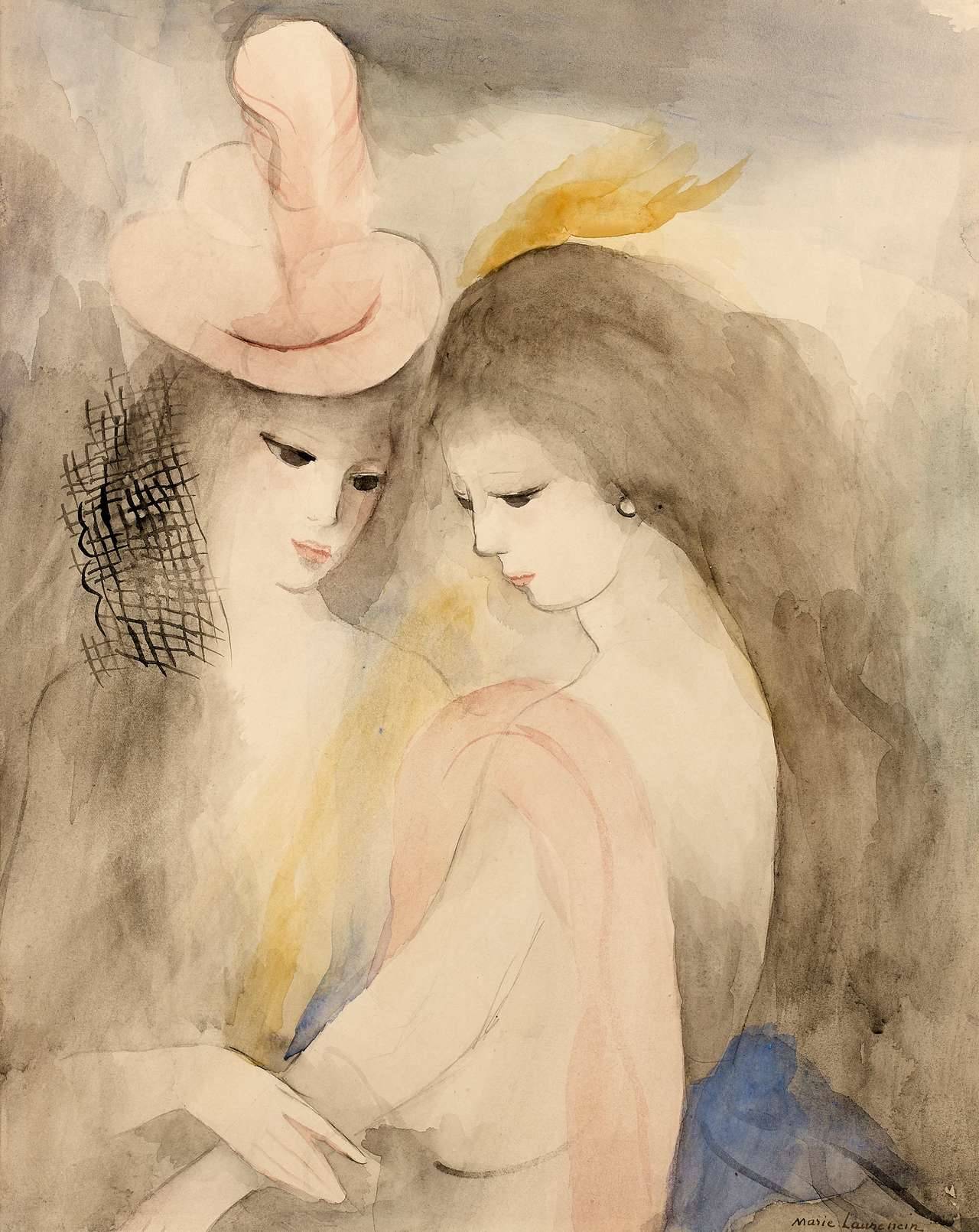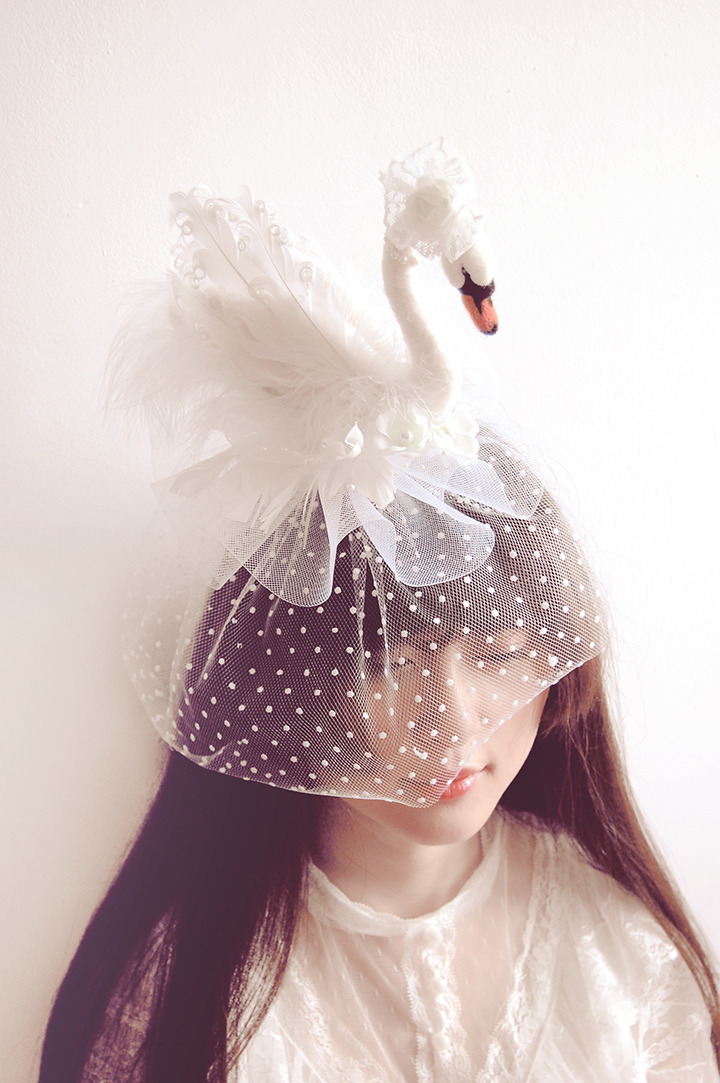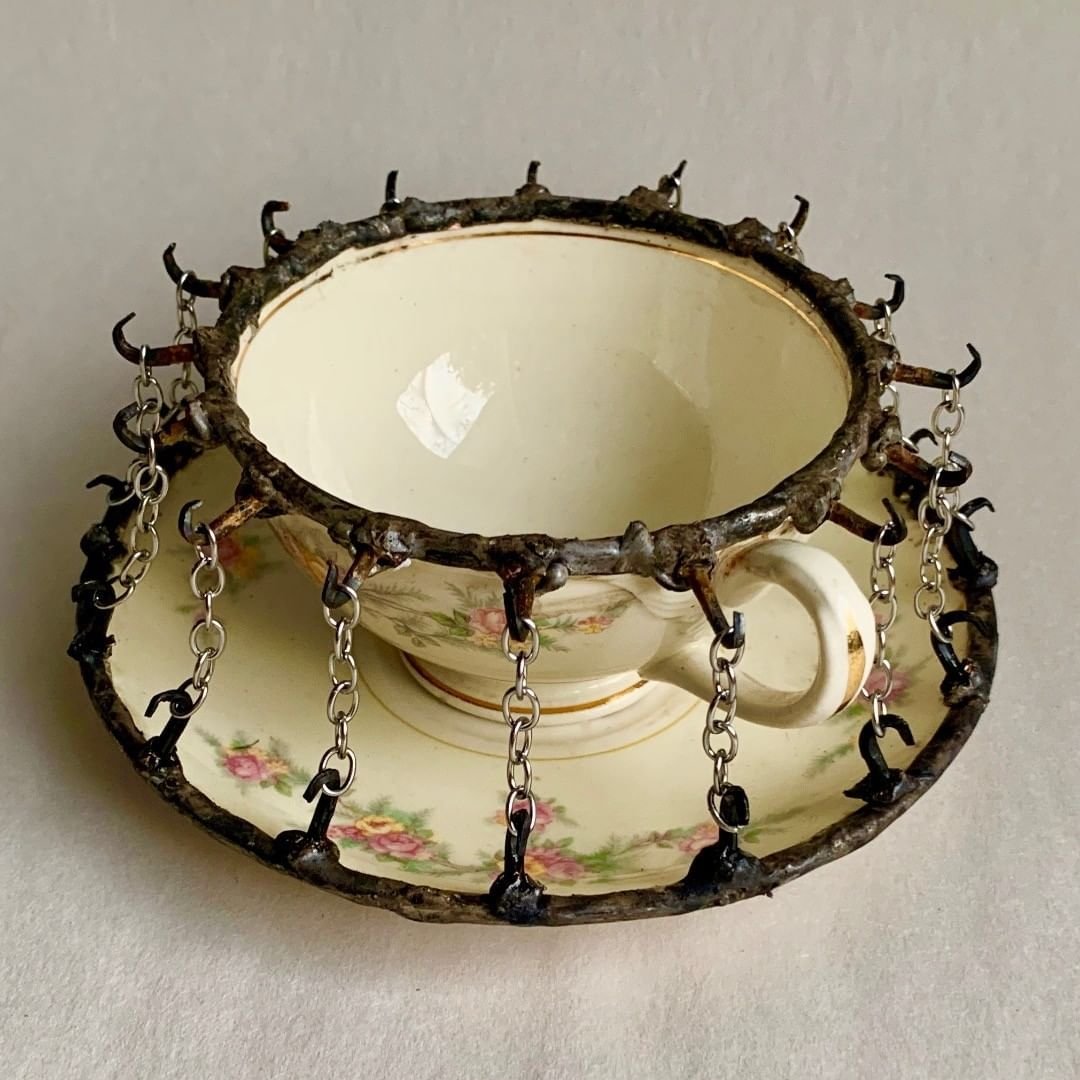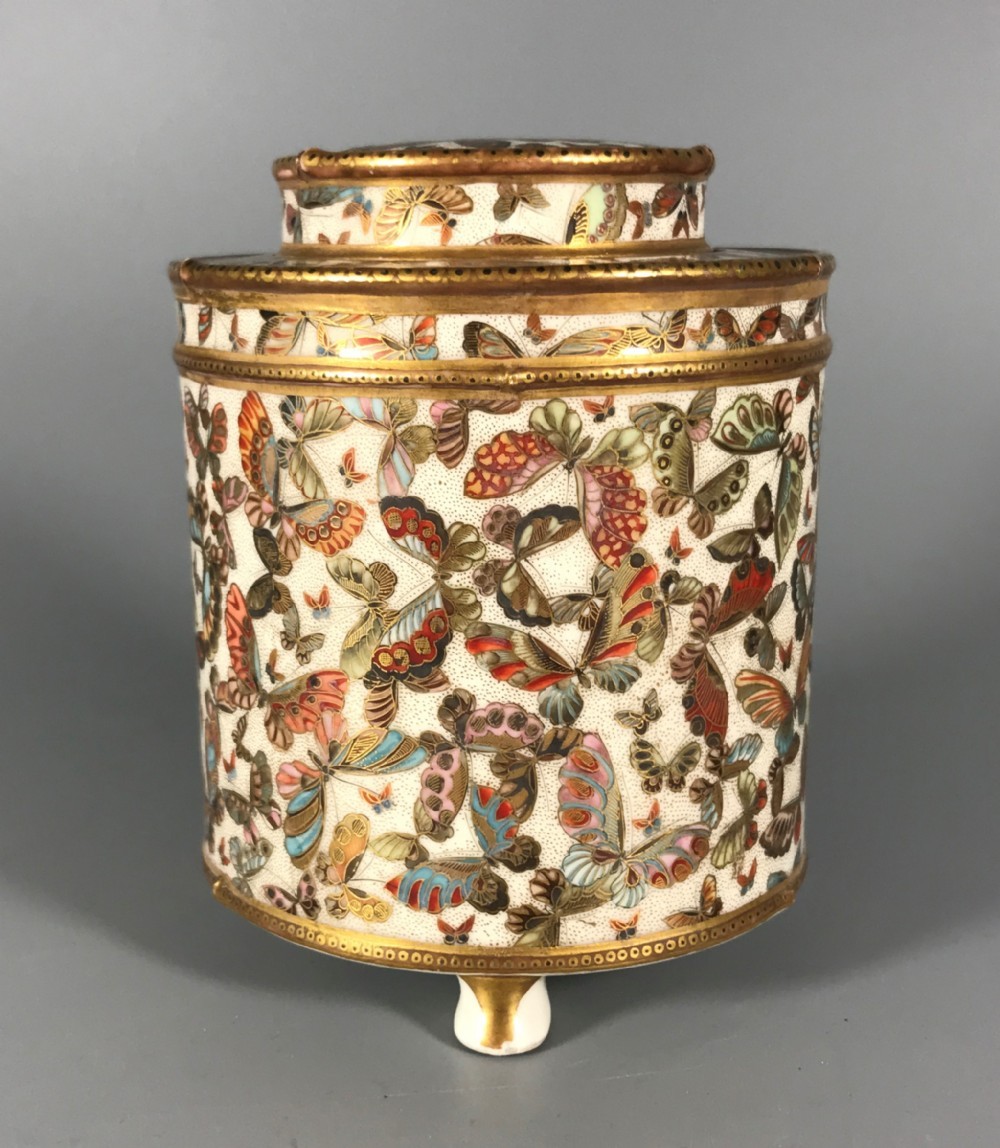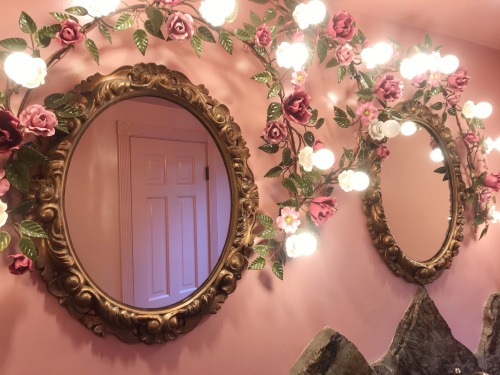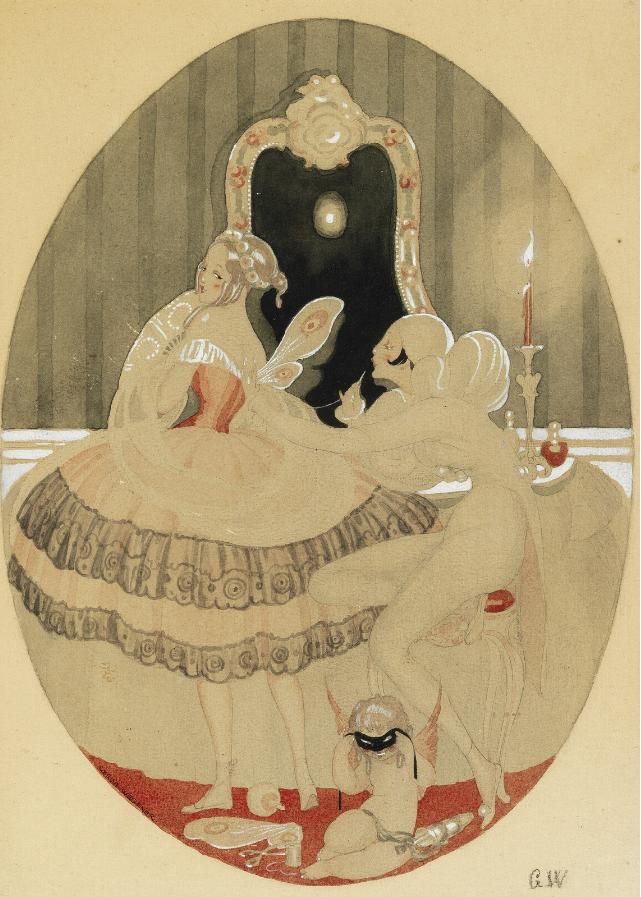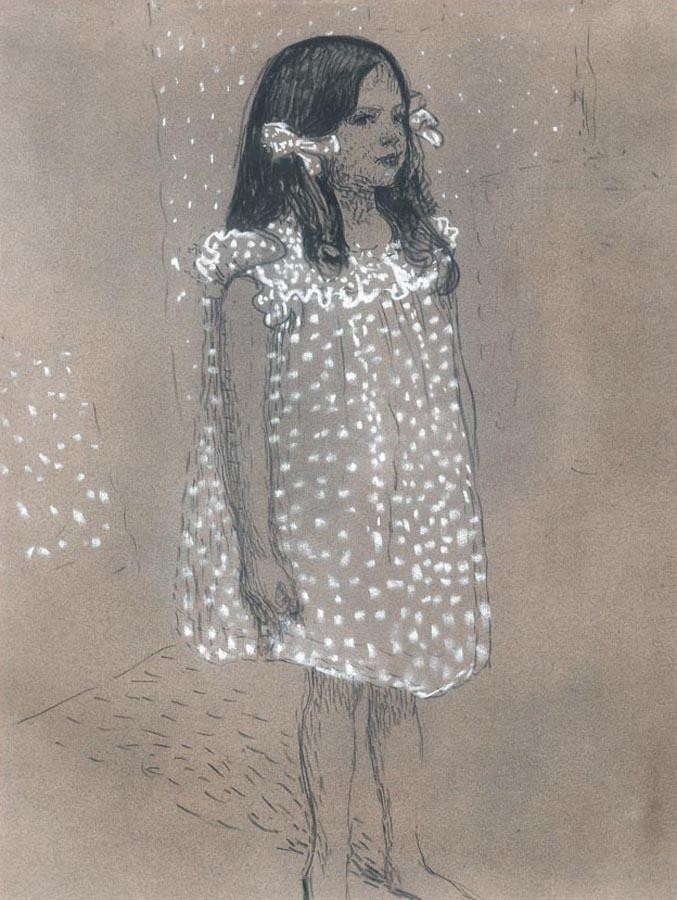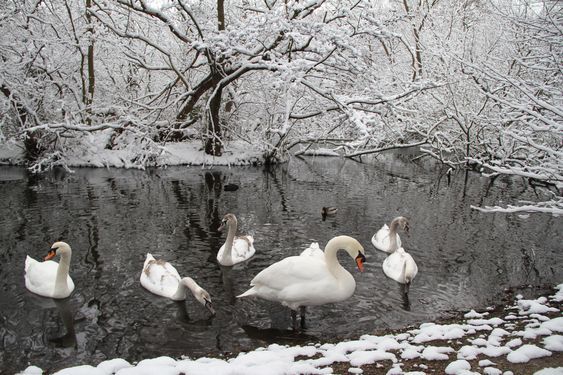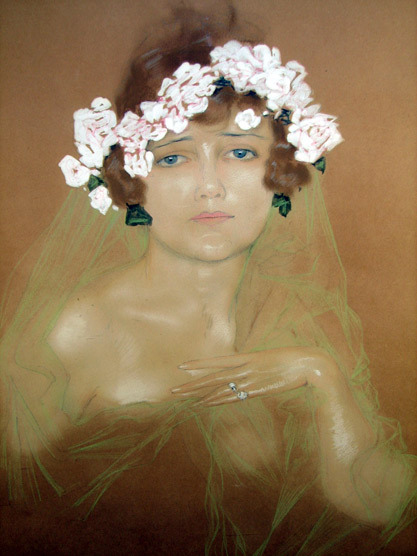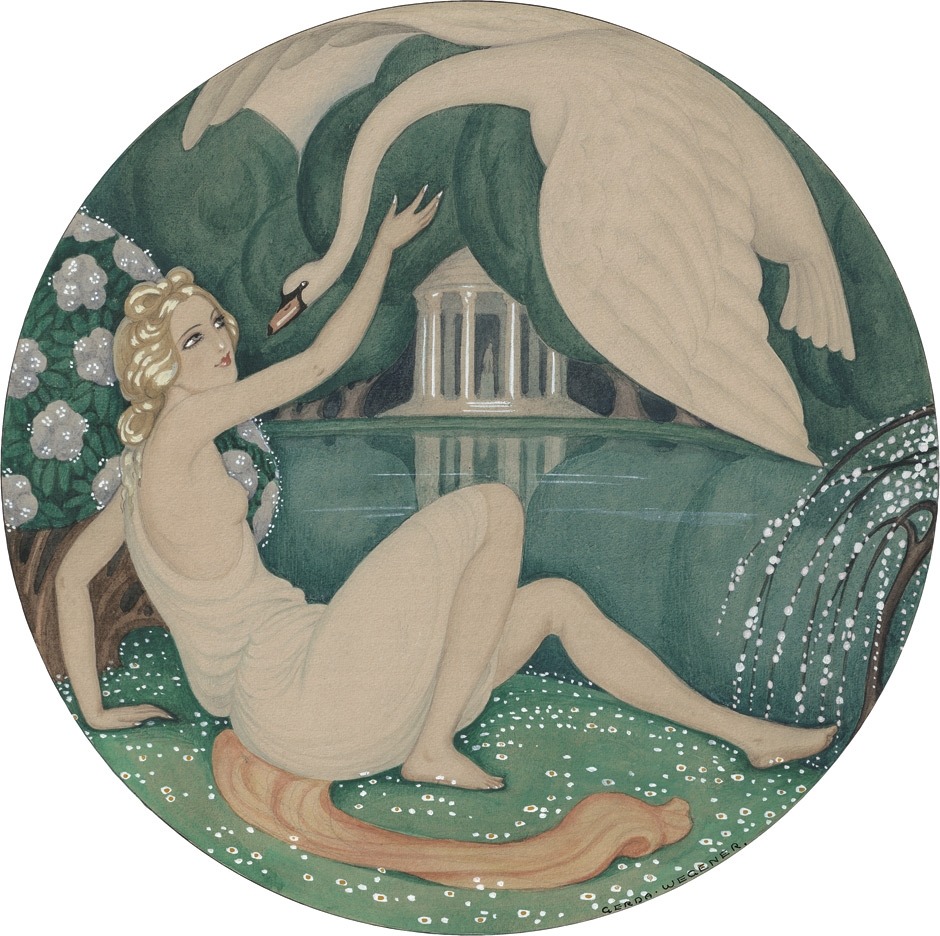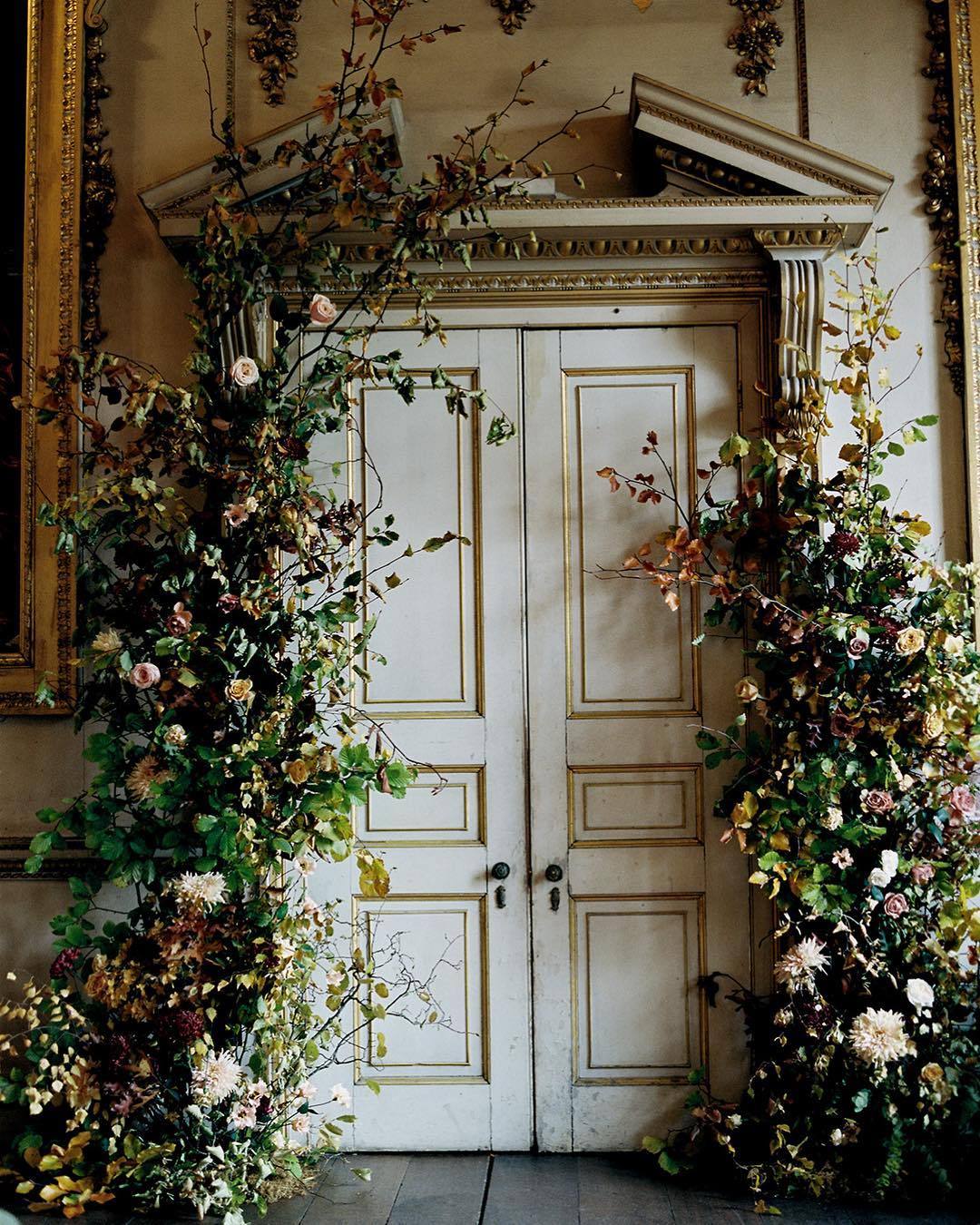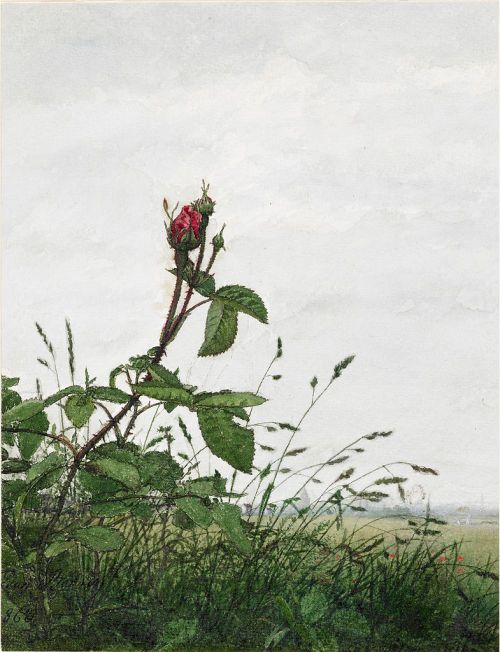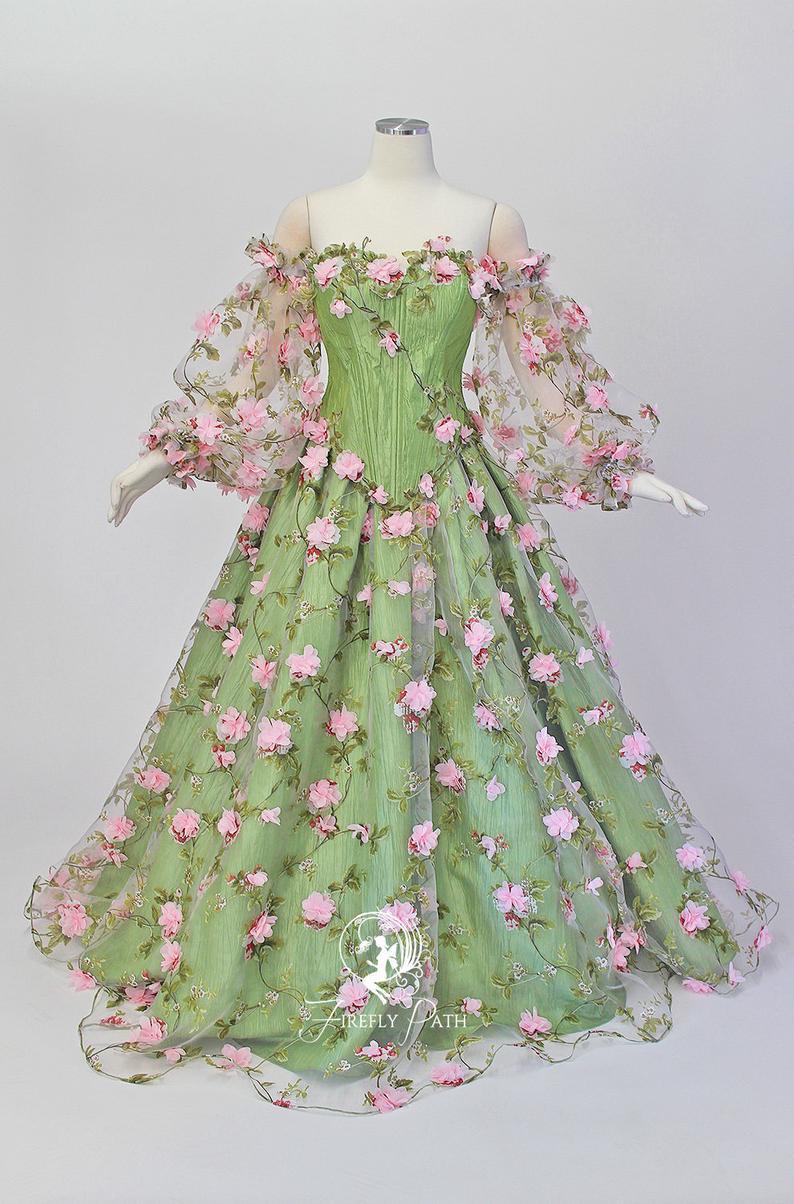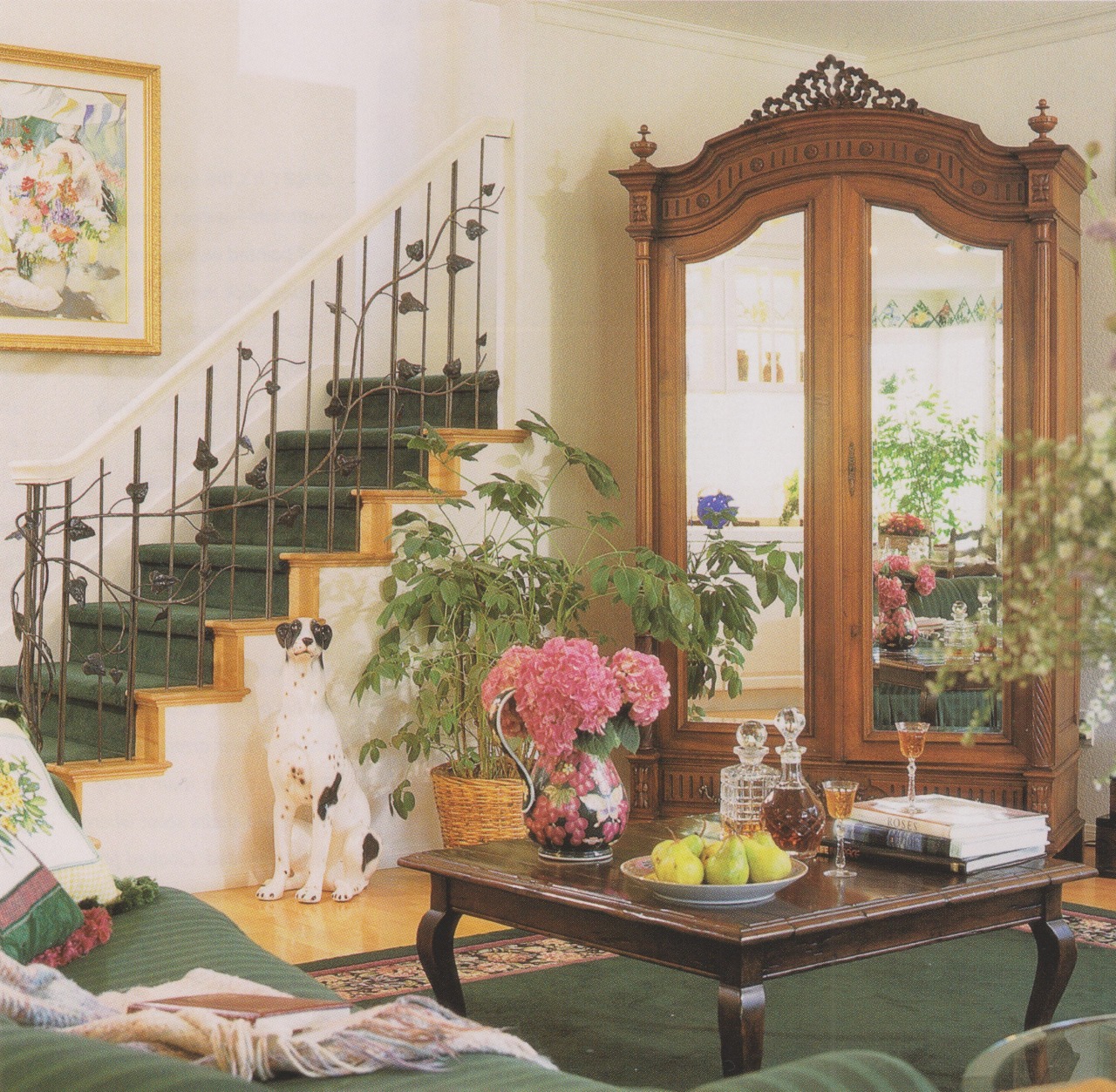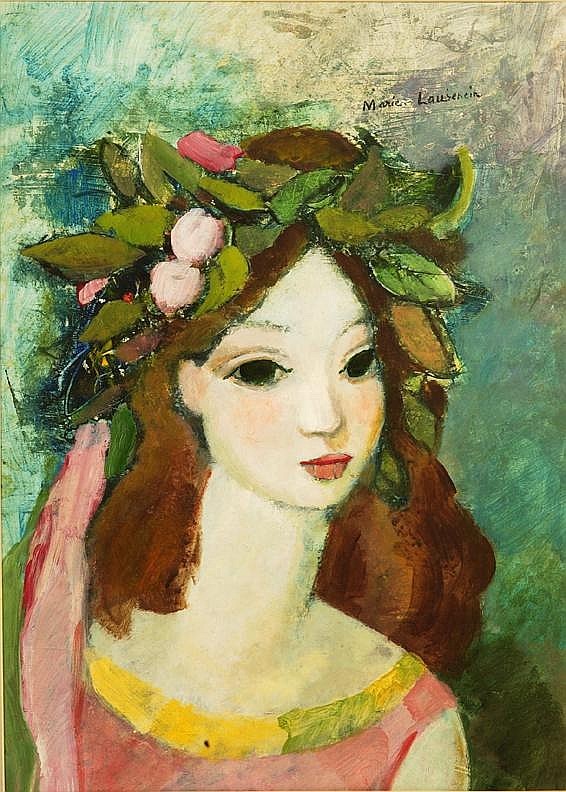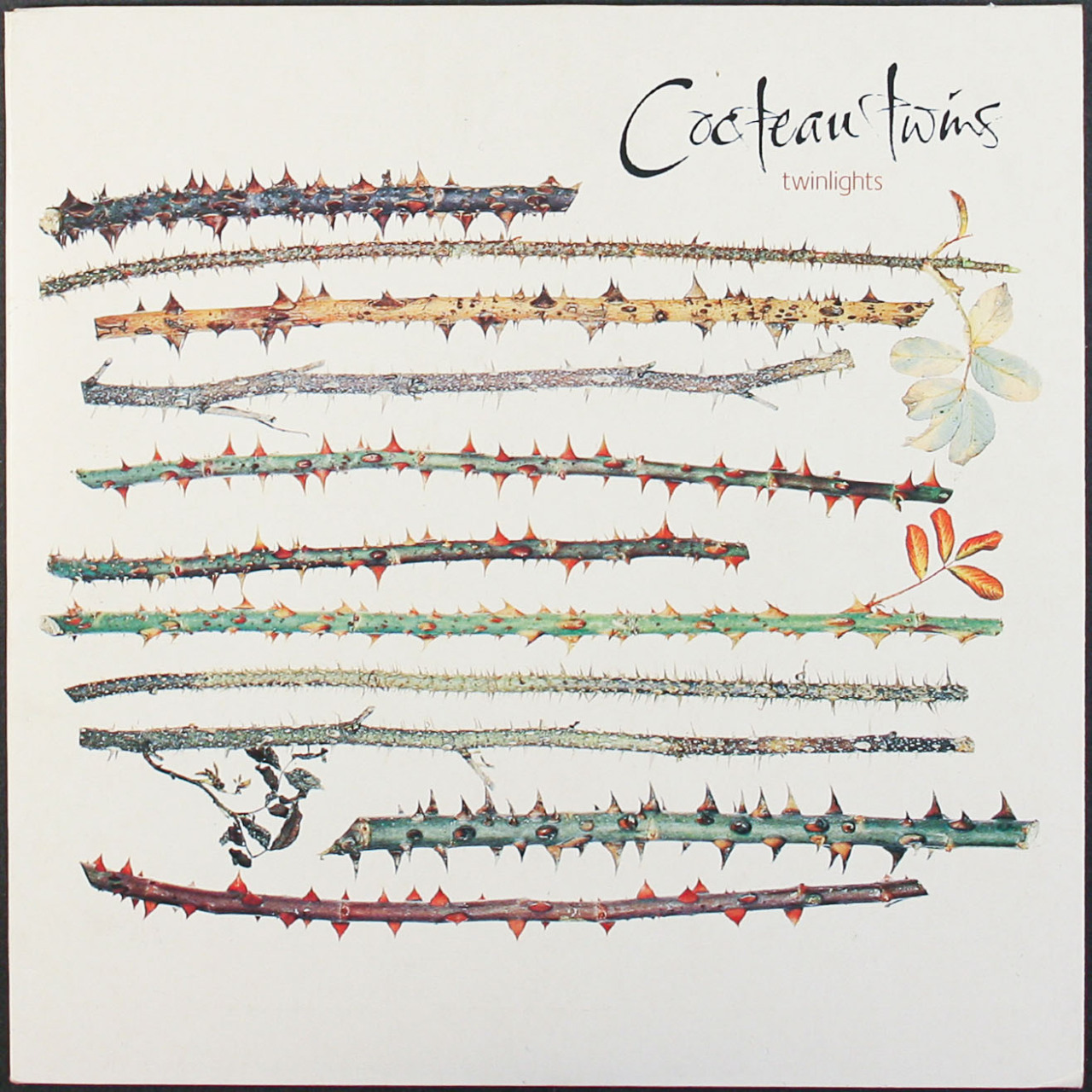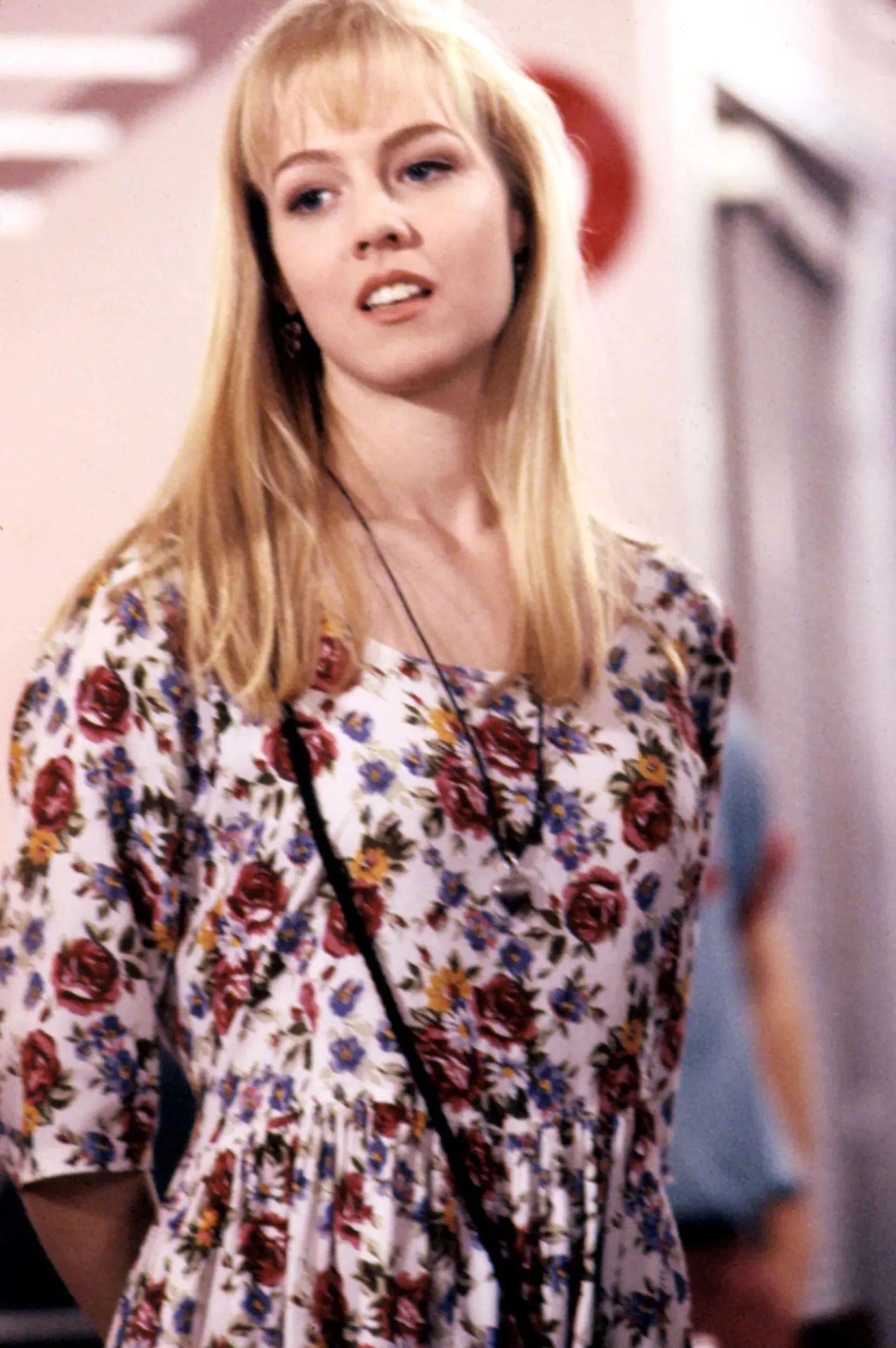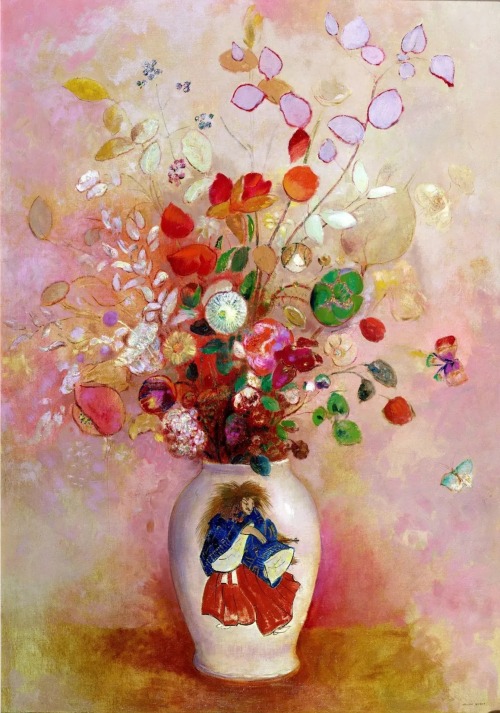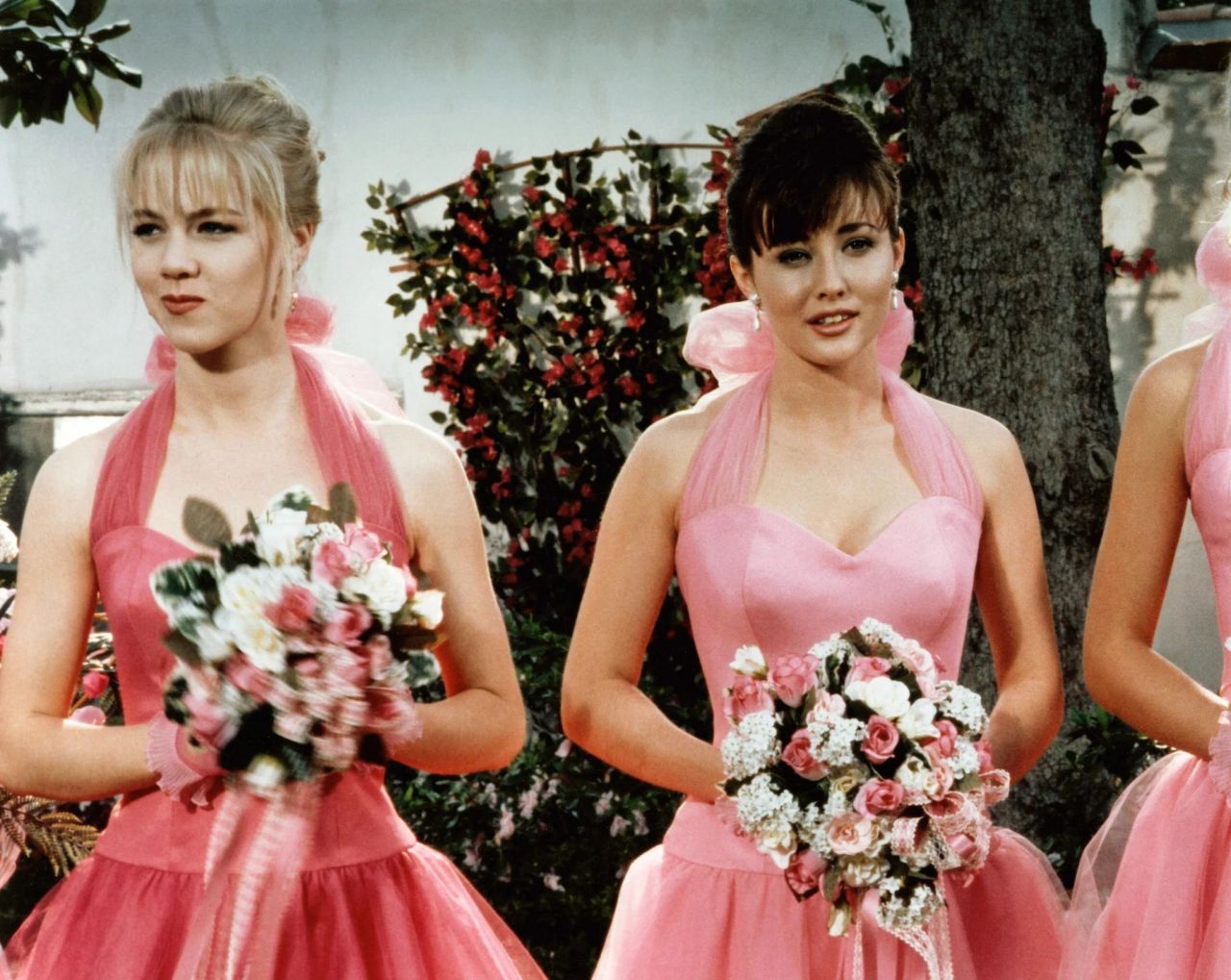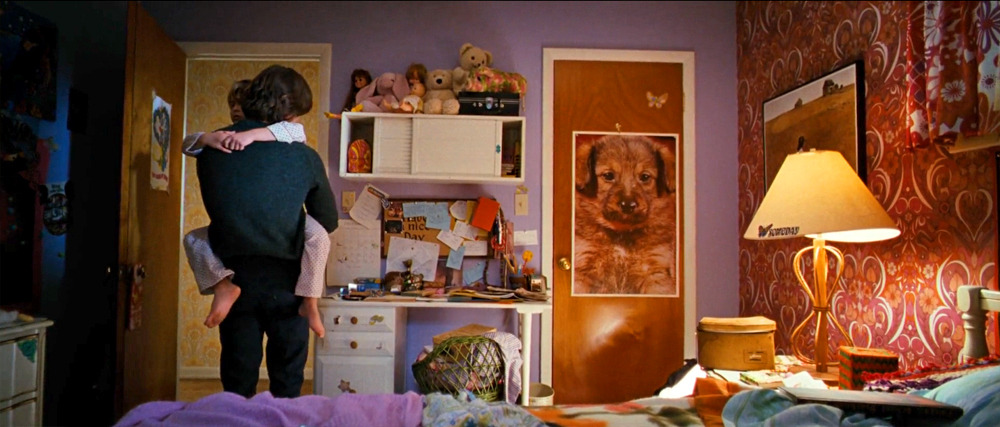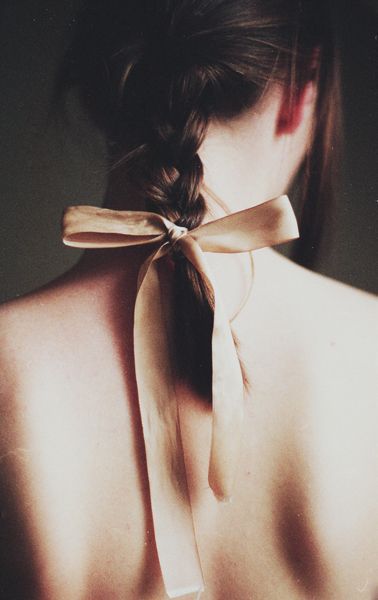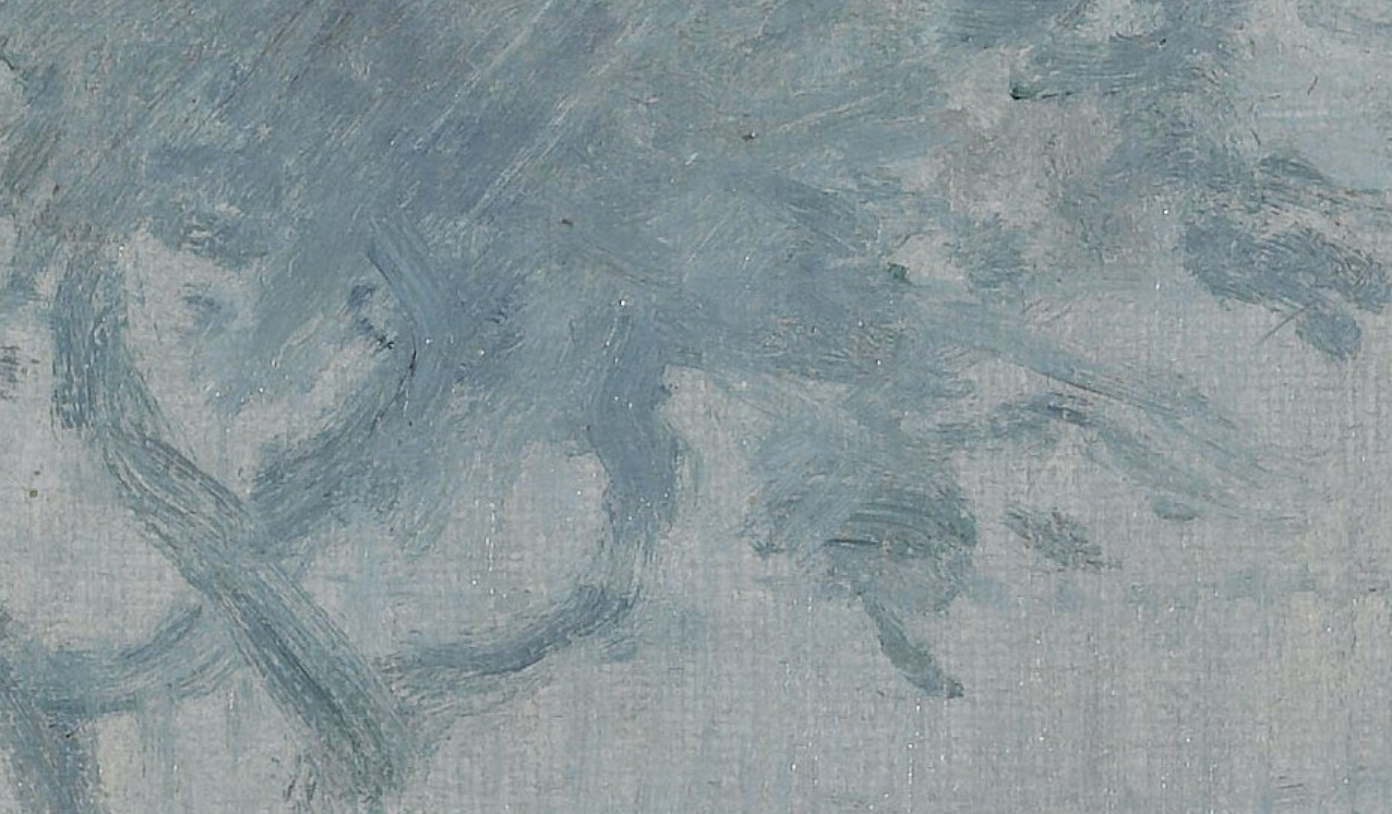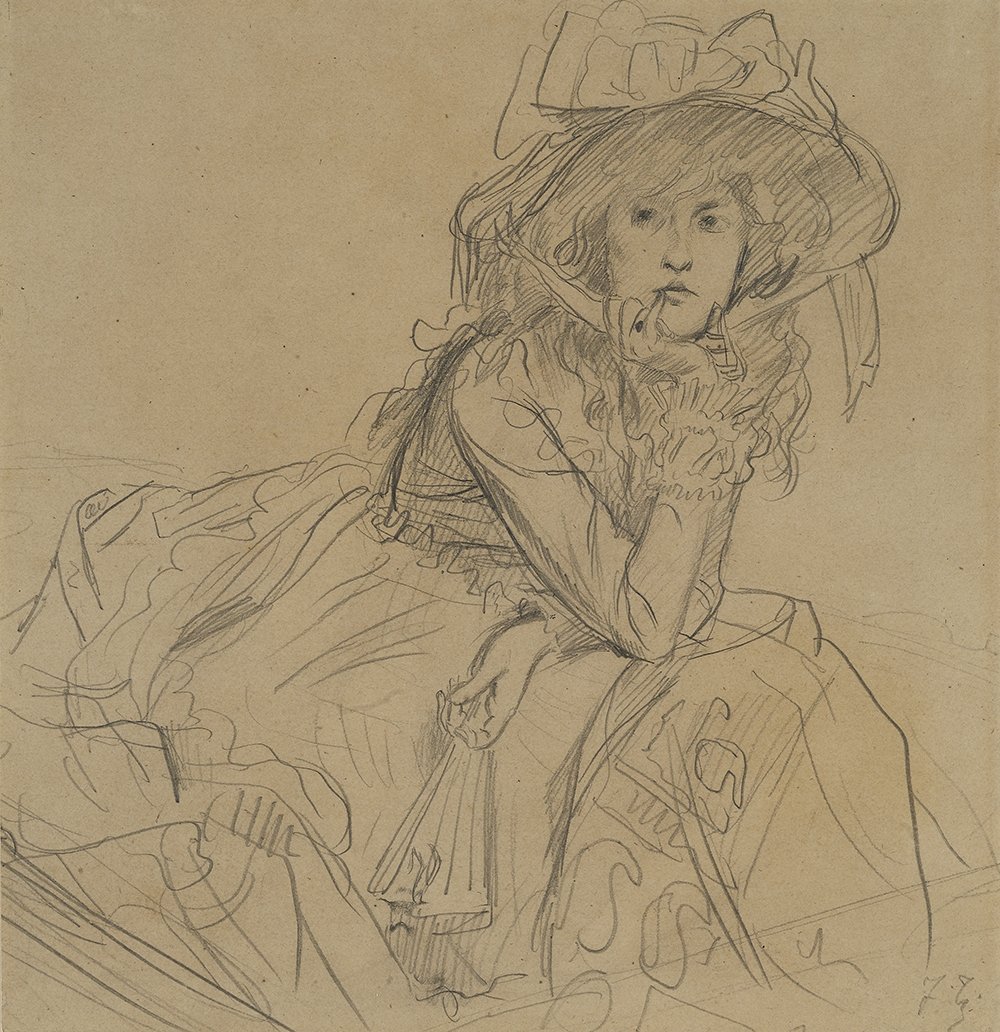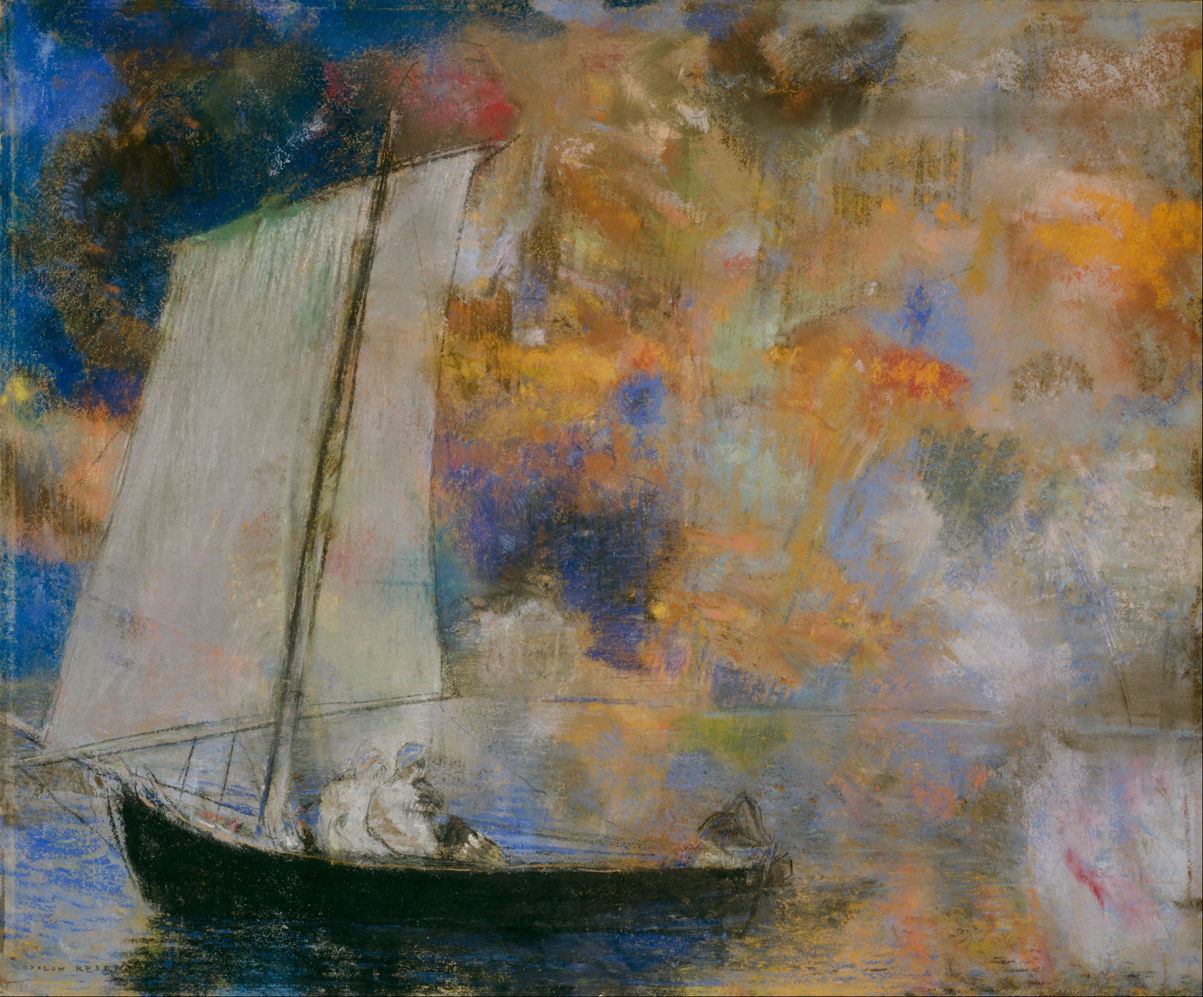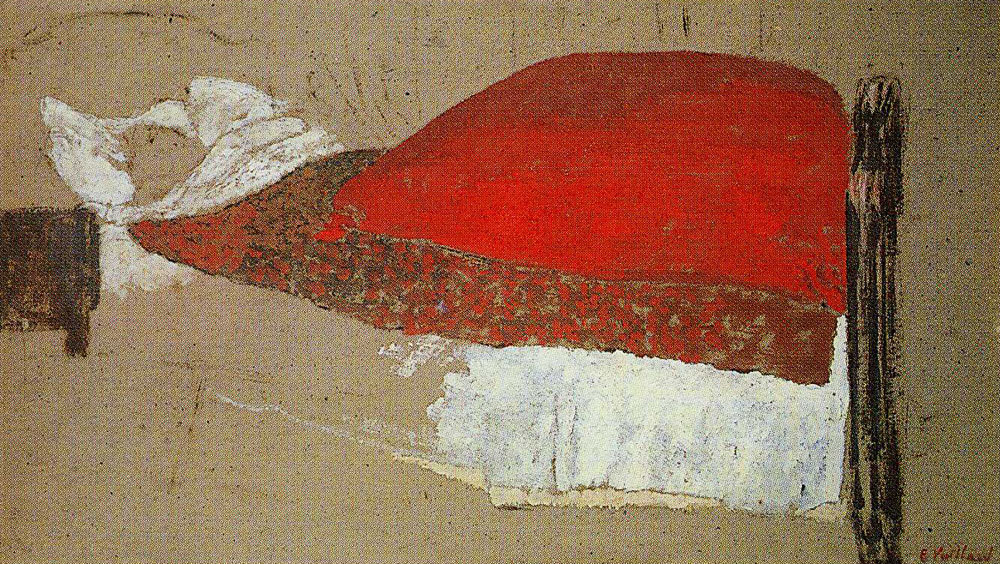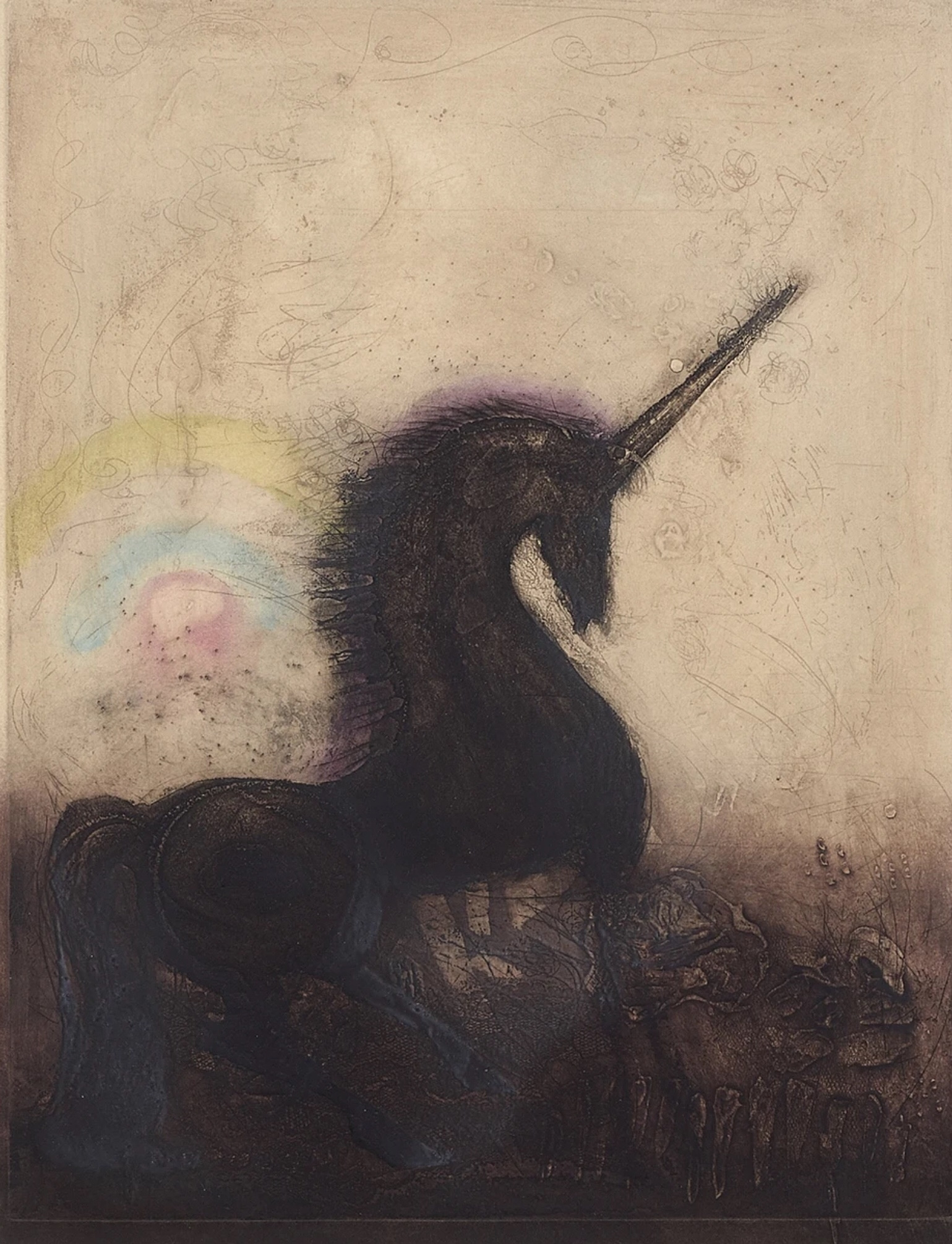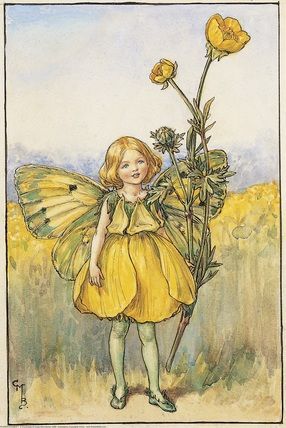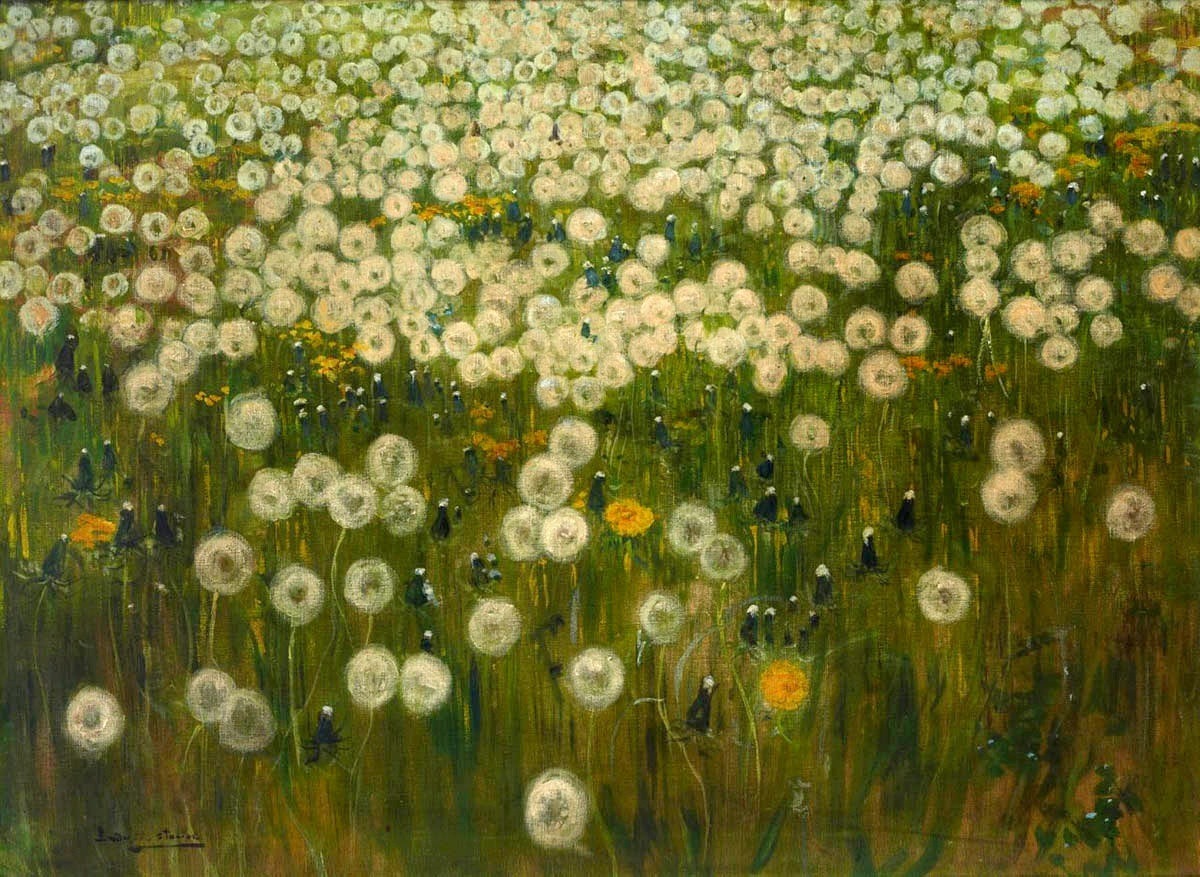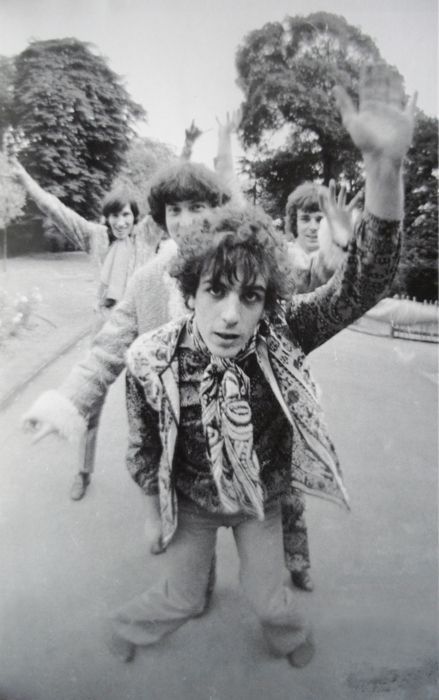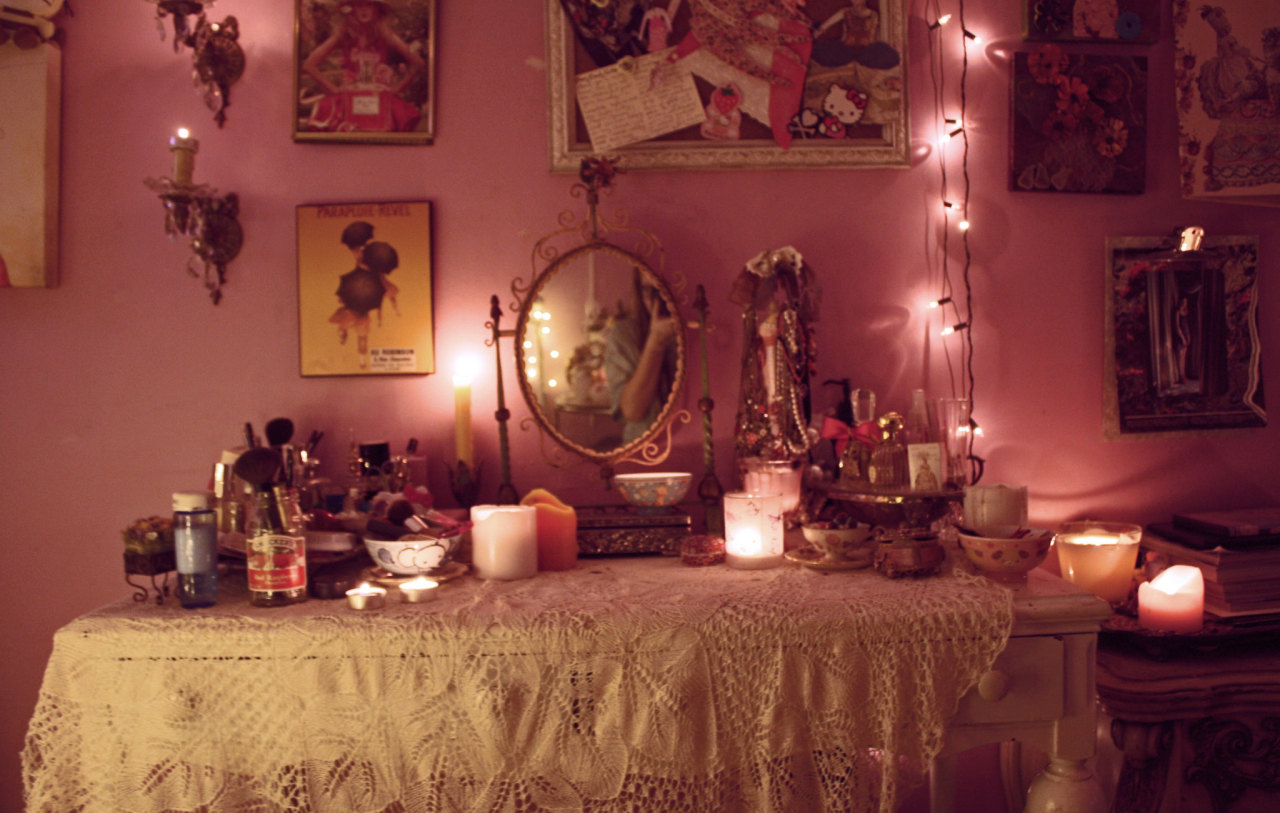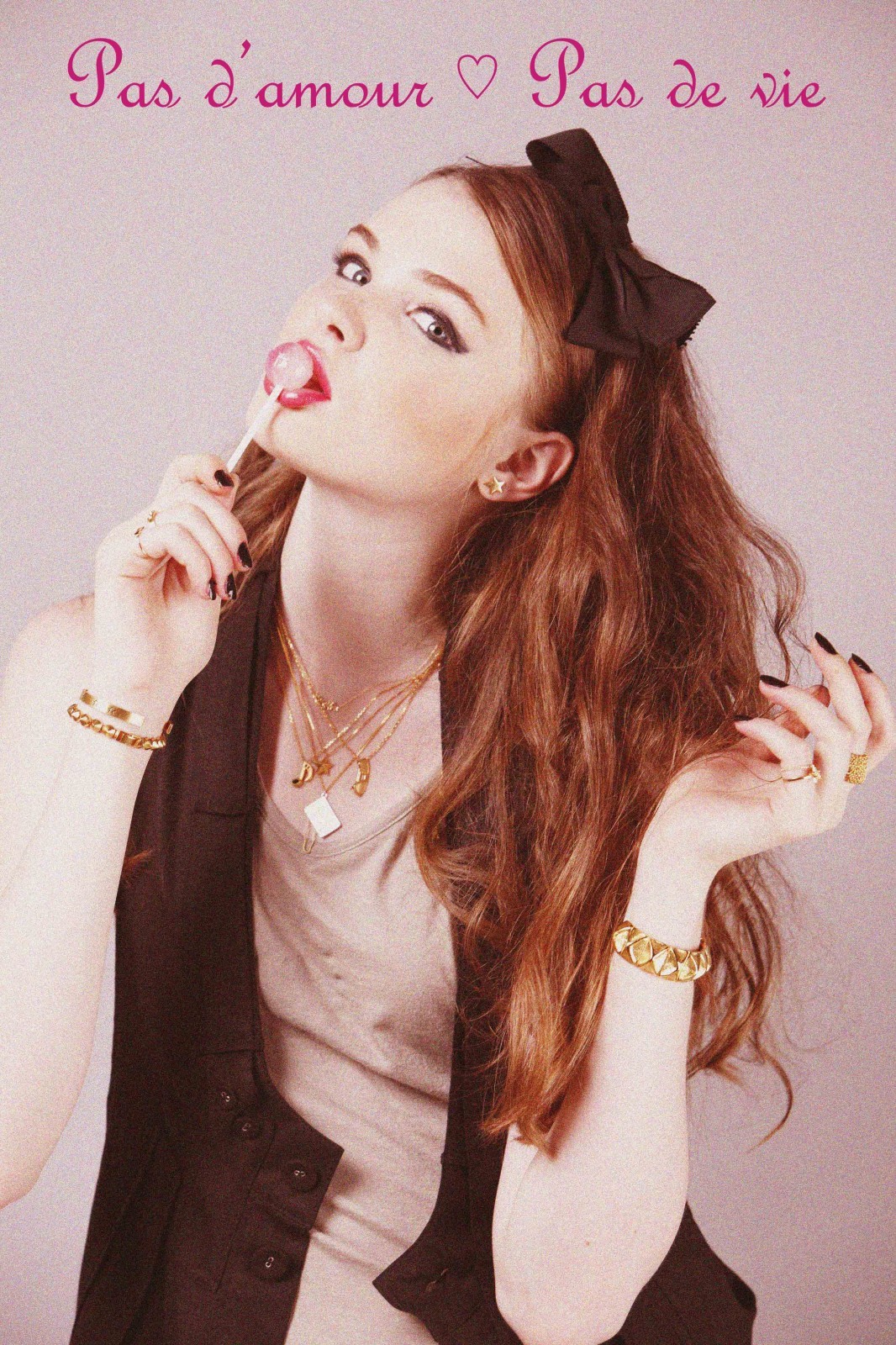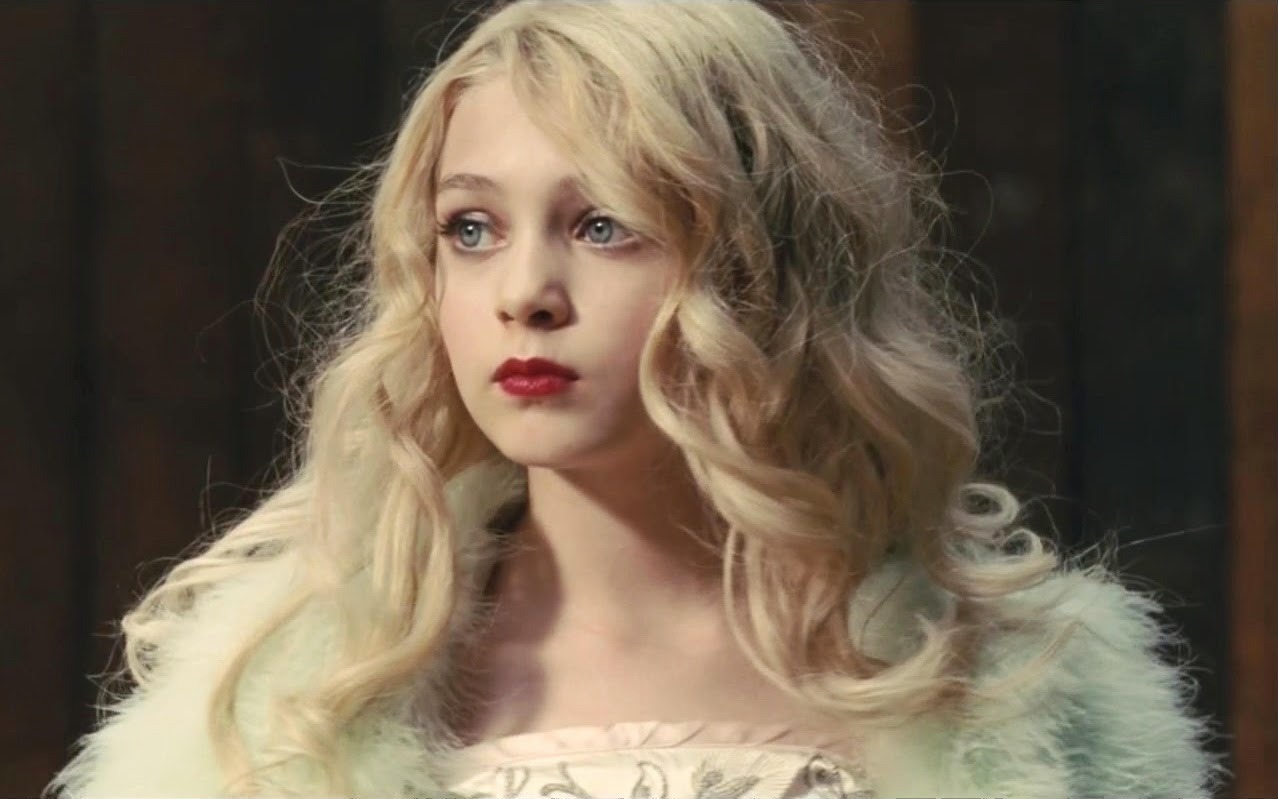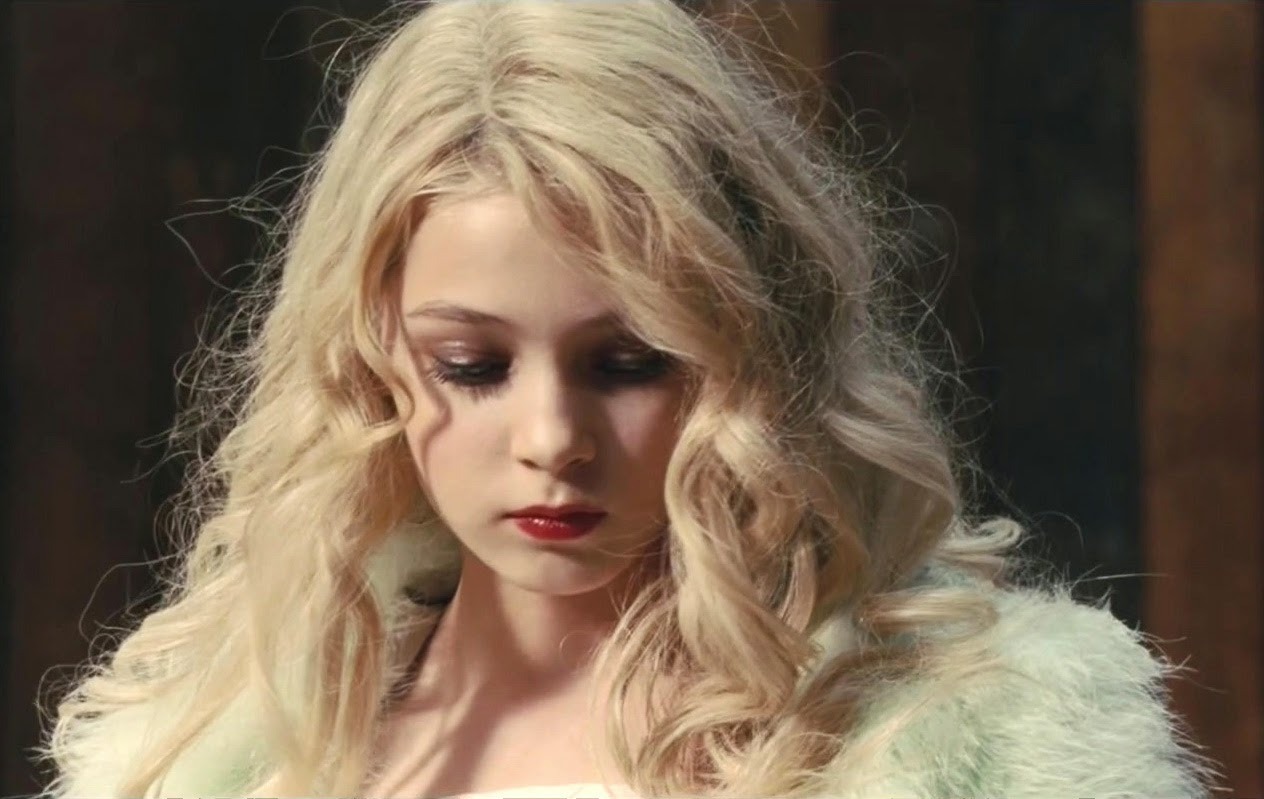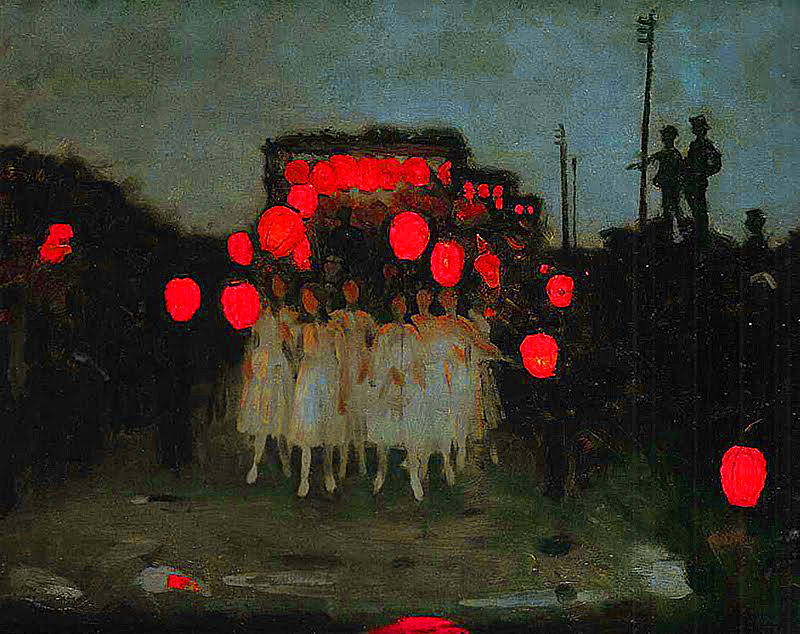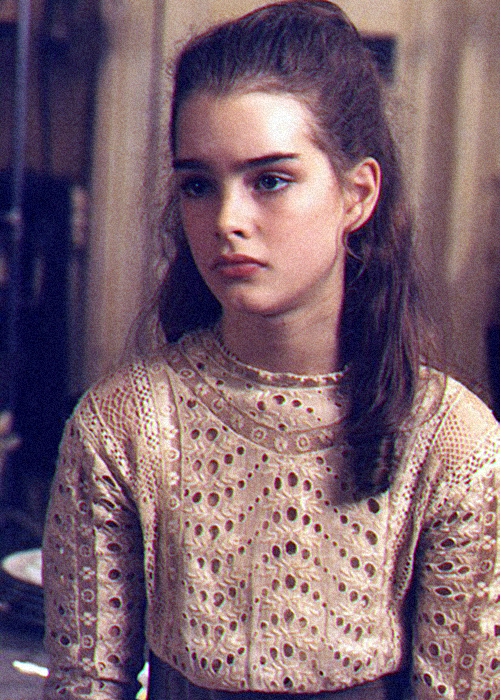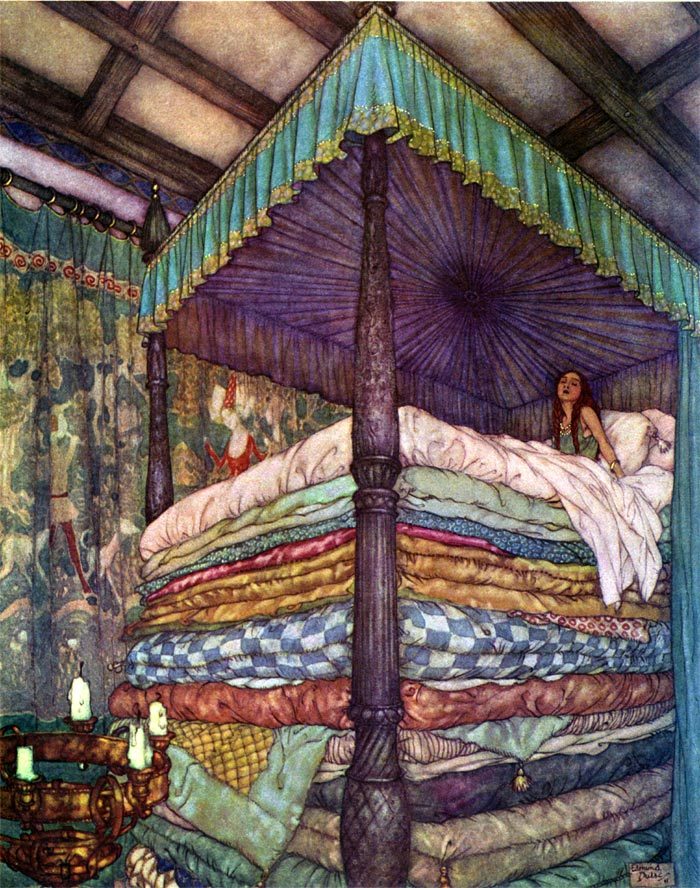I am more than half way through Isaac Bashevis Singer’s novel “The Moskat Family”, originally published in 1950, and I am enjoying it tremendously, although it is very sad at parts. The novel follows the lives of the members of the Moskat family and others associated with it, in Warshaw, in the first half of the twentieth century. The character who appears very early in the beginning and quickly takes central place is Asa Heshel; a disillusioned Jew who read Spinoza’s writings a bit too much. At first he comes off as a misunderstood, moody loner but very soon reveals a lack of character and horrible moral standards. A lot of things happen as the novel progresses; Asa falls in love with Hadassah, the granddaughter of the family patriarch Meshulam Moskat, tries to elope with her unsuccesfully but later marries Meshulam’s step-daughter Adele in Switzerland, their love (or lack of it on his behalf) quickly becomes bitter and they return to Warshaw where he reunites with the now also married Haddasah and starts an affair with her, then joins the military at the outbreak of the World War One.
In the novel’s beginning Asa’s life was a blank page, a clean white piece of paper, and oh how quickly the ink stains of bad decisions, flaws, inconsistencies, and betrayals tainted the paper’s snow whiteness! The lyrics from the Joy Division song “New Dawn Fades” comes to mind: “different colours, different shades, over each mistakes were made.” In a way, the character of Asa is symbolic of the desintegration of the Jewish culture due to the process of modernisation which planted a seed of doubt in many; some characters become Christians, some move abroad and leave their traditions behind. Characters who, like Asa, were seeking freedom from old norms and traditions, instead found themselves lost, directionless, disillusioned… I can’t help but wonder then, what differentiates an experience from – a mistake?
The passage that struck me particularly and that I will share in this post is when Asa first arrives to Warshaw one warm October eve from the countryside and he is quickly enamoured by the hustle and bustle of the big city, and everything seems to him as if he had seen it before; everything is familiar yet strange both at once. This particular feeling of arriving to a new place, being young and full of dreams, is something I have experiences myself and I love reading about it in a novel. I love how vividly Singer describes the scene, I can really imagine I am there; the carriages, the red trams, the scents in the air, the large red setting sun, it is so atmospheric.
 Pierre Bonnard, Rue vue d’en Haut, 1899, colour litograph
Pierre Bonnard, Rue vue d’en Haut, 1899, colour litograph
“A few weeks after Meshulam Moskat returned to Warsaw another traveler arrived at the station in the northern part of the capital. He climbed down from a third-class car carrying an oblong metal-bound basket locked with a double lock. He was a young man, about nineteen. His name was Asa Heshel Bannet. On his mother’s side he was the grandson of Reb Dan Katzenellenbogen, the rabbi of Tereshpol Minor. He had with him a letter of recommendation to the learned Dr. Shmaryahu Jacobi, secretary of the Great Synagogue in Warsaw. In his pocket rested a worn volume, the Ethics of Spinoza in a Hebrew translation.
The youth was tall and thin, with a long, pale face, a high, prematurely creased forehead, keen blue eyes, thin lips, and a sharp chin covered with a sprouting beard. His blond, almost colorless earlocks were combed back from his ears. He was wearing a gaberdine and a velvet cap. A scarf was wrapped around his throat. “Warsaw: he said aloud, his voice strange to himself, “Warsaw at last. People milled about the station. A porter in a red hat tried to take the basket from him, but he refused to surrender it. Though the year was well into October, the day was still warm. Low clouds floated about in the sky, seeming to merge with the puffs of steam from the locomotives. The sun hung in the west, red and large. In the east the pale crescent of the moon was visible. The young man crossed to the other side of the railing that separated the railroad station from the street. On the wide thoroughfare, paved with rectangular cobblestones, carriages bowled along, the horses seeming to charge straight at the knots of pedestrians. Red-painted tramcars went clanging by. There was a smell of coal, smoke, and earth in the moist air. Birds flew about in the dim light, Happing their wings. In the distance could be seen row upon row of buildings, their window panes reflecting the daylight with a silver and leaden glow or glinting gold in the path of the setting sun. Bluish plumes of smoke rose from chimneys. Something long forgotten yet familiar seemed to hover about the uneven roofs, the pigeon cotes, the attic windows, the balconies, the telegraph poles with their connecting wires. It was as if Asa Heshel had seen all of this before in a dream, or maybe in a previous existence.
He took a few steps and then stood still, leaning against a street lamp as though to protect himself against the hurrying throngs. His limbs were cramped from the long hours of sitting. The ground seemed still to be shaking beneath him, the doors and windows of the houses receding as though he were still watching them from the speeding train. It had been long since he had slept.
His brain was only half awake. “Is it here I will learn the divine truths?” he thought vaguely. “Among this multitude?”
Tags: 1899, art, art blog, Asa Heshel, book, bustling street, colour litograph, Dreamy, Isaac Bashevis Singer, Jewish artist, journey, Literature, Pierre Bonnard, Poland, Post-Impressionism, Warshaw


